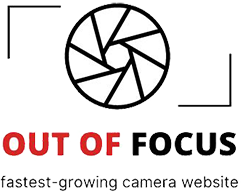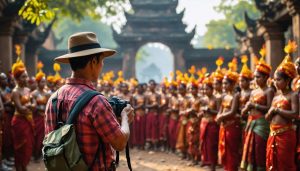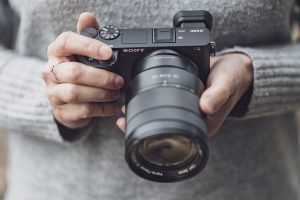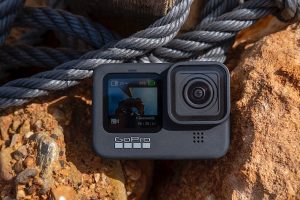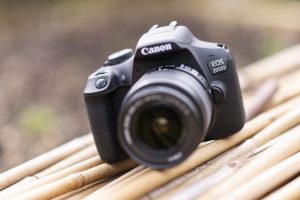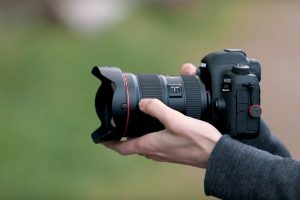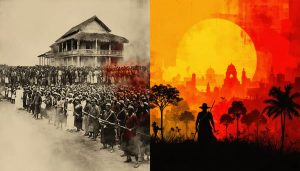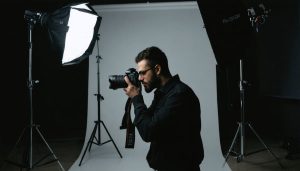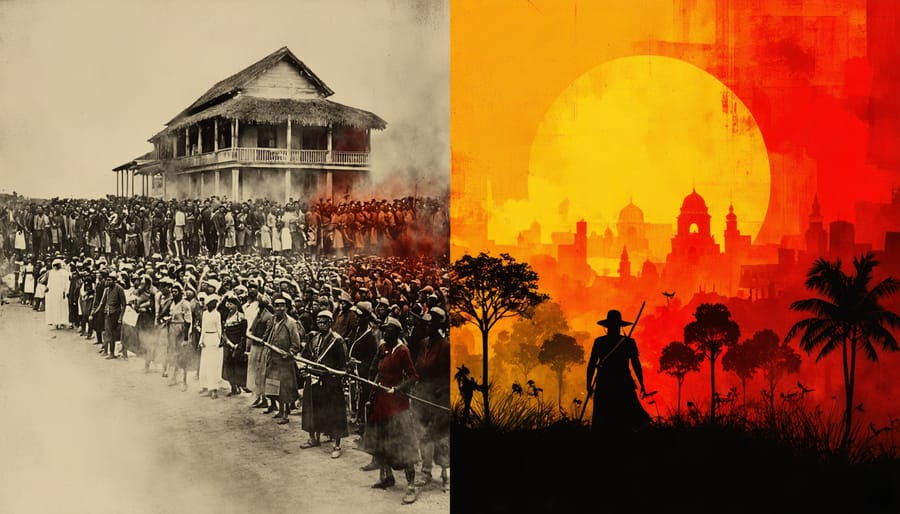
Post-colonial art emerges as a powerful force of cultural reclamation, challenging traditional Western artistic narratives while creating new visual languages that speak to the complex experiences of formerly colonized peoples. Born from the intersection of political independence movements and artistic innovation in the mid-20th century, this revolutionary art form transforms traditional aesthetic hierarchies by centering indigenous perspectives, local materials, and authentic cultural expressions.
Artists working in post-colonial contexts leverage their unique cultural heritage to confront historical trauma, celebrate resilience, and imagine new futures free from colonial influence. Their work often combines traditional craftmanship with contemporary techniques, creating hybrid forms that challenge the artificial boundaries between “fine art” and indigenous creative practices. Through photography, installation, painting, and mixed media, these artists document their communities’ ongoing journey of self-determination while questioning the power structures that continue to shape global art discourse.
Whether addressing themes of identity, displacement, or cultural preservation, post-colonial art serves as both a mirror reflecting complex social realities and a hammer reshaping our understanding of art history. This dynamic field continues to evolve, incorporating new media and perspectives while maintaining its core mission: to decolonize the art world and create space for voices long marginalized by Western artistic institutions.
For photographers and visual artists engaging with post-colonial themes, this movement offers rich opportunities to explore personal heritage, challenge dominant narratives, and contribute to an expanding global dialogue about art, power, and representation.
The Colonial Gaze: Understanding Historical Context
Photography as a Colonial Tool
Photography played a crucial role in shaping colonial narratives and power structures during the 19th and early 20th centuries. European photographers often used their cameras to document indigenous peoples and landscapes through a distinctly colonial lens, creating images that reinforced Western superiority and exotic stereotypes of the “other.”
These early photographs served multiple colonial purposes: they helped catalog and classify colonial subjects, provided visual evidence for pseudo-scientific racial theories, and created appealing imagery that romanticized colonial expansion for audiences back home. Portrait studios in colonial outposts would often stage photographs with props and backdrops that emphasized the perceived primitiveness of local populations, while carefully composed landscape photographs presented colonized territories as empty, unclaimed spaces ready for European settlement.
The camera’s supposed objectivity lent these images a veneer of truth, though they were carefully constructed to support colonial narratives. Understanding this historical context is crucial for modern photographers, as it highlights how seemingly neutral technical choices – from framing to lighting – can perpetuate power imbalances and cultural stereotypes, even today.
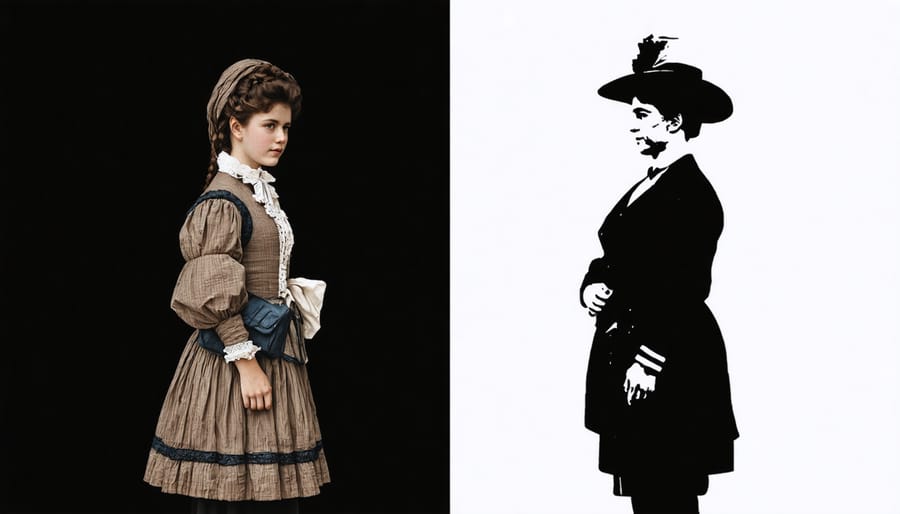
The Evolution of Documentary Photography
The landscape of documentary photography underwent a significant transformation in the post-colonial era, shifting from an outsider’s perspective to one that empowered local voices. Early documentary photographers often portrayed colonized peoples through a Western lens, perpetuating stereotypes and exotic narratives. However, as nations gained independence, indigenous photographers began reclaiming their visual narratives, challenging these established perspectives.
This evolution saw photographers like Raghubir Singh and Seydou Keïta creating intimate portraits of their own communities, offering authentic representations that contrasted sharply with colonial-era imagery. Their work emphasized dignity, agency, and cultural complexity rather than otherness. Modern documentary photographers increasingly acknowledge their own positionality and potential biases, leading to more collaborative approaches with their subjects.
The rise of digital technology and social media has further democratized documentary photography, enabling marginalized communities to share their stories directly with global audiences. This shift has fostered a more nuanced understanding of diverse cultures and challenged traditional power dynamics in visual storytelling.
Contemporary Post-Colonial Photography Techniques
Self-Representation and Identity
In post-colonial art, self-representation became a powerful tool for photographers to reclaim their narratives and challenge colonial perspectives. Artists began using portrait photography techniques to document their communities authentically, moving away from the exoticized gaze that had dominated colonial imagery.
Photographers like Rotimi Fani-Kayode and Samuel Fosso pioneered innovative approaches to self-portraiture, using their own bodies and experiences to explore identity, tradition, and contemporary life. These artists often incorporated cultural symbols and traditional elements while simultaneously addressing modern themes, creating a unique visual language that bridged past and present.
Community documentation emerged as another crucial aspect of post-colonial photography. Rather than having their stories told by outsiders, photographers began capturing intimate moments of daily life, celebrations, and social changes within their own communities. This shift represented not just an artistic choice but a political statement about representation and power.
The impact of this movement continues today, with contemporary photographers using digital tools and social media to share authentic perspectives of their cultures. These images serve both as historical documentation and as powerful statements about identity, challenging stereotypes and presenting nuanced views of communities that were previously misrepresented or ignored in colonial narratives.
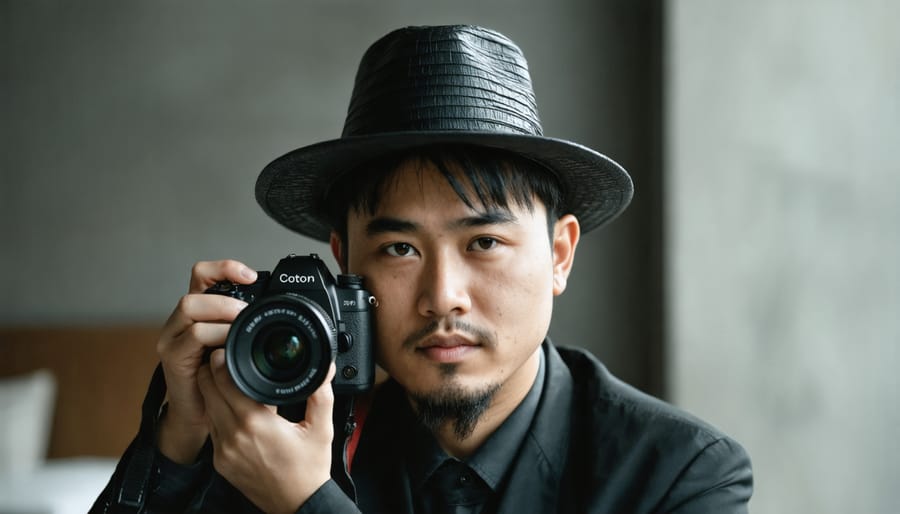
Reclaiming Historical Narratives
Contemporary photographers are employing innovative techniques to reexamine and reimagine historical colonial photographs, creating powerful new narratives that challenge traditional perspectives. One popular approach involves digital composite photography, where artists layer historical images with contemporary photographs, creating a visual dialogue between past and present.
Many photographers use high-resolution scanning of original archival materials, followed by careful digital manipulation in post-processing software. This allows them to alter elements while maintaining the authentic feel of the original photograph. Some artists deliberately introduce visual disruptions, such as digital glitches or torn edges, to symbolize the fragmentation of colonial narratives.
Color manipulation plays a crucial role in this genre. While colonial photographs were typically black and white, modern artists often selectively colorize elements to draw attention to specific aspects or introduce contemporary elements. This technique creates a striking visual contrast that highlights the relationship between historical documentation and modern interpretation.
Alternative printing processes, such as cyanotype or platinum printing, are also being embraced to create physical artworks that reference historical photographic techniques while presenting new perspectives. Some artists combine these traditional methods with digital technologies, scanning and reprinting their work multiple times to create layers of meaning and interpretation.
Installation and presentation techniques are equally important, with many artists choosing to display their work alongside original historical photographs or incorporating multimedia elements to create immersive experiences that encourage viewers to question established historical narratives.
Digital Manipulation and Mixed Media
Contemporary post-colonial artists are increasingly leveraging advanced digital photography techniques and mixed media approaches to challenge traditional narratives and create powerful visual statements. Digital manipulation software has become an essential tool, allowing artists to layer historical photographs with contemporary images, creating rich, multi-dimensional works that bridge past and present.
Artists like John Akomfrah and Zineb Sedira expertly combine archival footage, digital photography, and sound installations to explore themes of identity, migration, and cultural memory. These digital tools enable artists to manipulate contrast, color, and composition in ways that emphasize power dynamics and historical perspectives that traditional photography might have overlooked or misrepresented.
Popular techniques include digital collage, where artists combine colonial-era photographs with modern imagery, creating jarring juxtapositions that highlight historical contradictions. Some artists employ augmented reality elements, allowing viewers to interact with their work through smartphone apps, revealing hidden layers of meaning and alternative historical narratives.
The accessibility of digital editing tools has democratized this form of artistic expression, enabling artists from formerly colonized nations to reclaim and reframe their visual histories. Through careful manipulation of lighting, texture, and perspective, these artists create works that challenge viewers to question established historical narratives and consider multiple viewpoints simultaneously.
Notable Post-Colonial Photographers and Their Equipment
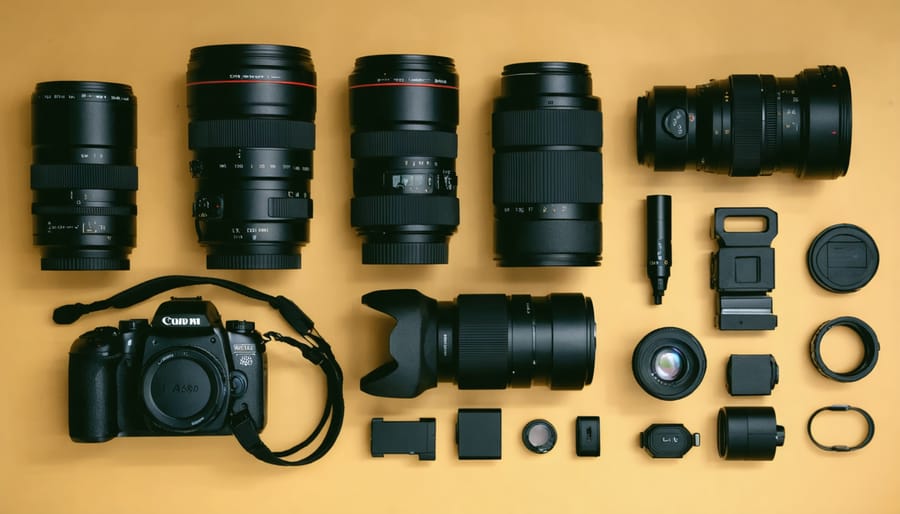
Camera Choices and Technical Approaches
Post-colonial photographers often make deliberate choices with their photography equipment to challenge traditional Western perspectives and create authentic narratives. Many practitioners favor portable, unobtrusive cameras like the Leica M series or mirrorless systems, allowing them to work closely with subjects while maintaining cultural sensitivity.
Medium format cameras, particularly the Hasselblad 500 series, have become popular for their ability to capture fine details and produce richly textured images that counter stereotypical representations. These cameras’ square format also provides an alternative to the Western rectangular frame, enabling different compositional approaches that break from colonial visual traditions.
Technical approaches often emphasize natural lighting over artificial setups, reflecting a commitment to authenticity and minimal intervention. Photographers frequently work with wider focal lengths (28-35mm) to provide environmental context, though some opt for longer lenses (85-135mm) when cultural customs require maintaining physical distance.
Digital post-processing tends to be subtle, with many photographers choosing to preserve natural color palettes and contrast rather than applying heavy manipulation. This approach helps maintain the integrity of the documentary aspect while allowing creative expression through careful exposure and composition choices.
Some practitioners deliberately incorporate traditional photographic processes like silver gelatin printing or alternative processes such as cyanotype, creating a dialogue between historical techniques and contemporary narratives. This fusion of old and new methods adds layers of meaning to their work while challenging the technological hierarchy often associated with colonial perspectives.
Creating Impact Through Technical Decisions
Technical decisions in post-colonial photography carry immense weight in shaping narratives and challenging traditional perspectives. The choice of lighting, for instance, can dramatically alter how subjects are portrayed. Many photographers intentionally use high-key lighting to illuminate darker skin tones with dignity, countering historical tendencies to underexpose or misrepresent people of color in colonial imagery.
Composition plays a crucial role in redistributing power dynamics. By positioning subjects at eye level or looking down at the camera, photographers can convey authority and agency rather than perpetuating submissive representations common in colonial photography. The deliberate use of wide-angle lenses can provide environmental context, while intimate portraits shot with longer focal lengths can humanize subjects and create emotional connections.
Color grading decisions are equally significant. Some photographers embrace vibrant, saturated colors to celebrate cultural richness, while others opt for more muted tones to evoke historical continuity. The manipulation of contrast and shadows can emphasize texture and detail in traditional artifacts or architectural elements, helping preserve and document cultural heritage.
Post-processing choices often reflect a commitment to authenticity. Many photographers minimize retouching to avoid perpetuating unrealistic beauty standards or Western ideals. Instead, they focus on adjustments that enhance cultural elements and historical accuracy. The selection of printing materials and presentation methods also matters – some choose traditional processes to connect with pre-colonial craftsmanship, while others embrace modern techniques to bridge past and present.
Through these technical decisions, photographers actively participate in decolonizing the medium, creating images that respect and empower the communities they represent.
Tips for Approaching Post-Colonial Photography
When approaching post-colonial photography, it’s essential to begin with thorough research and self-reflection. Start by studying the historical context of the region or community you wish to photograph, including its colonial past and current social dynamics. This background knowledge will help you avoid perpetuating stereotypes or colonial perspectives in your work.
Engage with local communities meaningfully before starting your project. Build relationships, seek permission, and understand how they wish to be represented. Remember that you’re not just capturing images; you’re participating in the telling of their stories. Consider collaborating with local photographers or artists who can provide valuable insights and perspectives.
Technical considerations are equally important. Choose equipment that won’t be intrusive or intimidating to your subjects. Often, smaller cameras and natural lighting can help create a more comfortable atmosphere. Consider using wider angles to show context and environment, rather than tight portraits that might exoticize individuals.
Pay attention to composition and framing. Ask yourself: Does this image challenge or reinforce colonial narratives? Are you presenting subjects as active participants rather than passive objects? Be mindful of power dynamics in your photographs and strive to capture dignity and agency.
Post-processing requires careful consideration too. Avoid heavy editing that might alter skin tones or cultural elements. Your goal should be to represent reality authentically, not to create something that appeals to preconceived notions or exotic fantasies.
Finally, think carefully about how and where you’ll share these images. Consider giving copies to the people and communities you photograph, and involve them in decisions about how their images are used. This approach helps ensure your work contributes to decolonizing photography rather than reinforcing existing power structures.
Post-colonial photography continues to shape our understanding of identity, culture, and representation in the modern world. By challenging traditional Western perspectives and giving voice to previously marginalized communities, this artistic movement has become a powerful tool for social change and cultural dialogue. Today’s photographers are building upon these foundations, using digital technology and social media to reach broader audiences and tell even more diverse stories. The evolution of post-colonial photography reflects our changing global society, where multiple viewpoints and narratives coexist and enrich our collective visual heritage. As we move forward, this genre remains vital in documenting, questioning, and celebrating the complexities of our post-colonial world, ensuring that future generations have access to more inclusive and authentic visual narratives.
